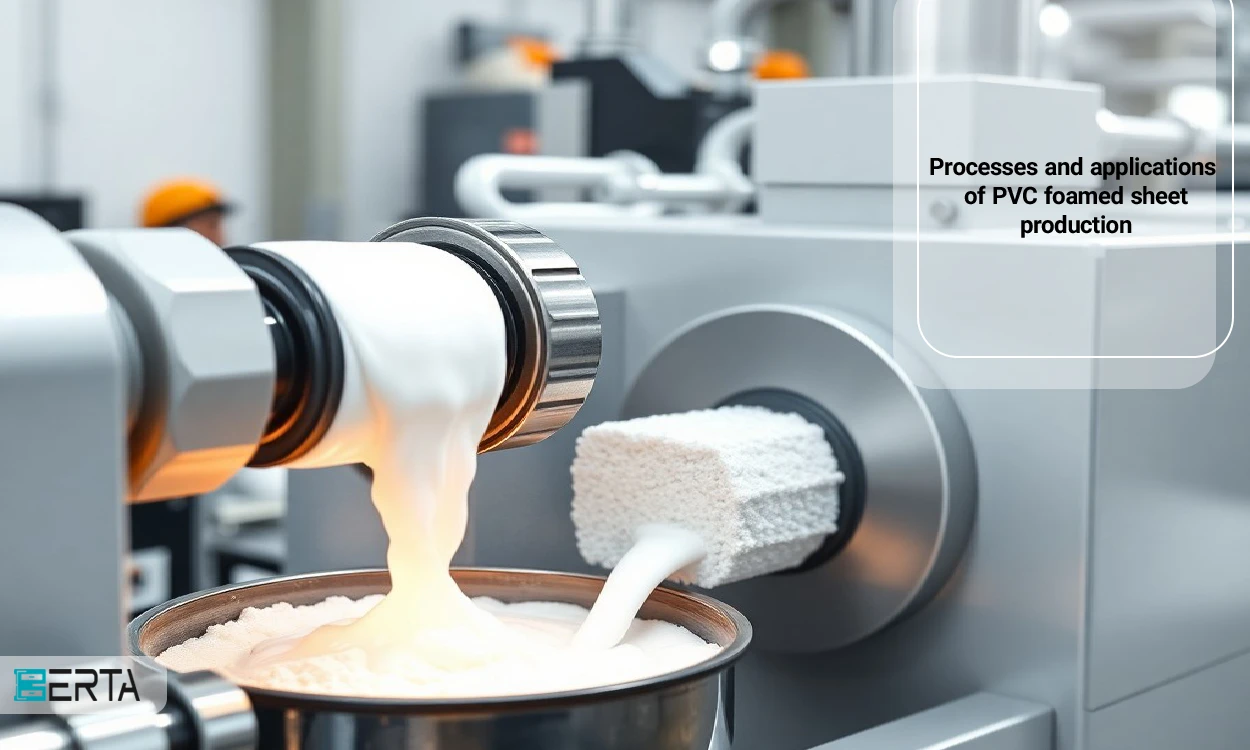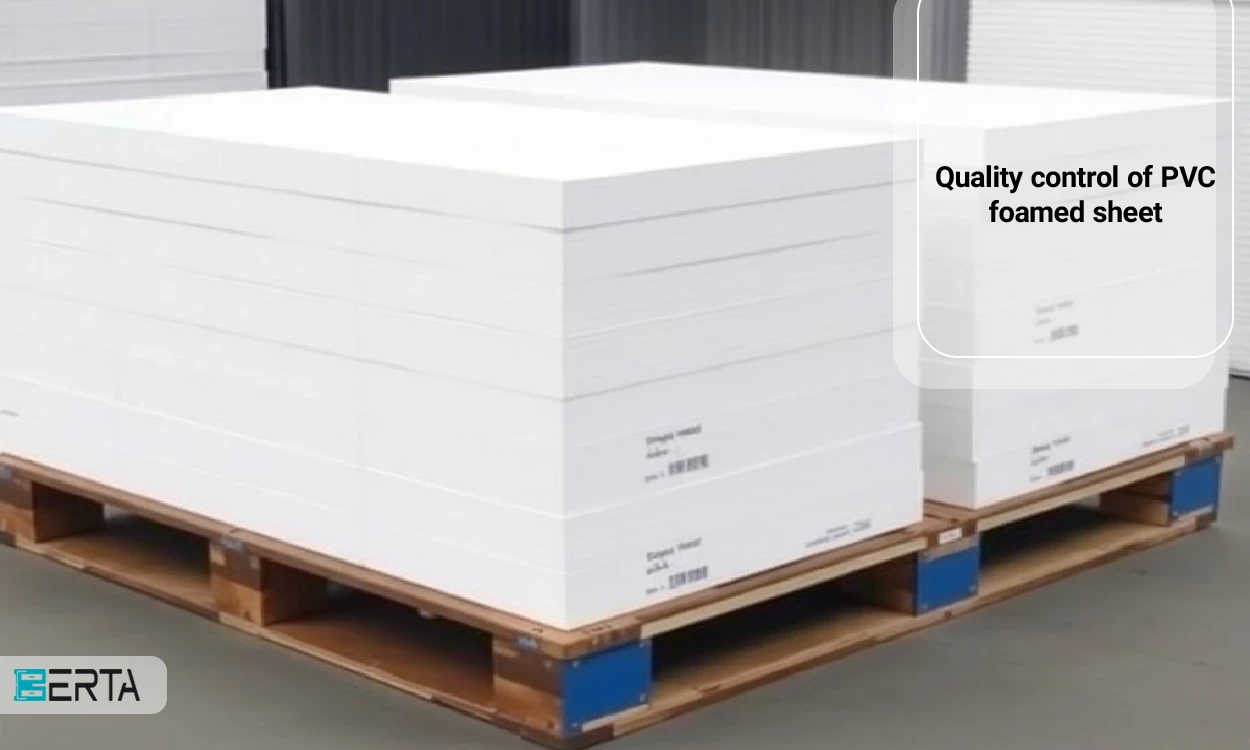Many times, due to the passage of time and water leakage, there is a lot of sediment around your kitchen faucet or toilet, and when guests come to your house, you are embarrassed about it. But in this article, we want to give you some simple and practical tips so that you can enjoy your clean and beautiful faucet and stop worrying about embarrassing yourself in front of your guests. These small changes can have a big impact on the beauty and health of your home. So start today and enjoy the blue milk you have!
What do you need to open the faucet?
To electrify a faucet, you need a few simple materials and tools. Below is a complete list of materials and tools:
Necessary materials:
- White Vinegar: Vinegar acts as a natural cleaner and helps remove mineral deposits.
- Baking soda: This ingredient can be effective in combination with vinegar for deeper cleaning.
- Dishwashing liquid: for initial washing and removing grease.
- Olive oil or polishing oil: for the final shine of the faucet.
- Warm water: to help dissolve deposits and fats.
Tools:
- Sponge or soft cloth: to clean the faucet.
- Old toothbrush: for cleaning hard-to-reach places and crevices.
- Bowl or container: for mixing ingredients.
- Gloves: To protect hands when working with chemicals.
- Bucket: for collecting excess water and cleaning.
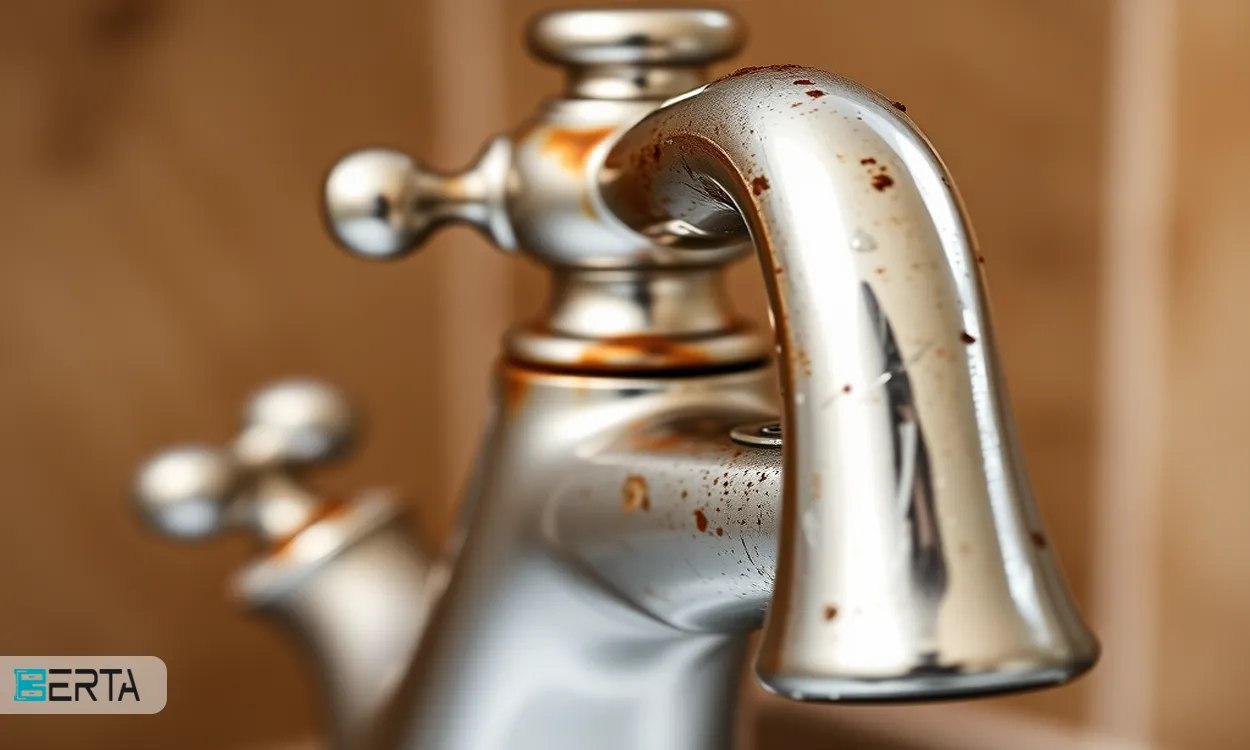
Faucet cleaning methods
Faucet cleaning is one of the most important tasks in maintaining the health and beauty of the kitchen or bathroom environment. Here are two main methods of cleaning faucets, including using household solutions and special detergents.
1- Using household solutions
Household solutions are usually prepared from natural and available materials and are suitable options for cleaning faucets due to their non-toxicity. Below are some effective home remedies:
1- Vinegar and water: The combination of white vinegar and water is a natural and strong cleaner. This solution helps to remove mineral deposits and water stains. It is enough to spray this mixture in a ratio of 1 to 1 (measurement) on the faucet and after a few minutes, wipe it with a soft sponge.
2- Baking soda and water: Baking soda acts as a mild abrasive and can be used in combination with water to clean tough stains. Mix some baking soda with water and apply to the faucet, then wipe with a soft cloth.
3- Lemon: Due to its acidic properties, lemon can be effective in removing water stains and mineral deposits. Rub half a lemon on the faucet and wash it with warm water after a few minutes.
2- Using special detergents
Special detergents are usually designed to clean different surfaces and can effectively clean the faucet. Here are some specific types of detergents:
1- Multipurpose detergents: These types of detergents are usually designed to clean different surfaces, including faucets. Just pour some detergent on a soft cloth and clean the faucet with it.
2- Metal detergents: If your faucet is metal, using metal detergents can help maintain its shine and prevent rust. These detergents usually contain compounds that help clean and polish metals.
3- Disinfectant sprays: If you are looking for deeper cleaning, you can use disinfectant sprays. These sprays help to eliminate bacteria and germs and are suitable for use in sanitary environments.
Important tips for cleaning faucets
Cleaning the faucet not only helps to make it beautiful and shiny, but it is also very important to maintain hygiene and prevent rust and deposits. Here are some caveats and things to consider:
- Avoid harsh substances
- Test the cleaner on a small area
- Use the right equipment
- Use warm water
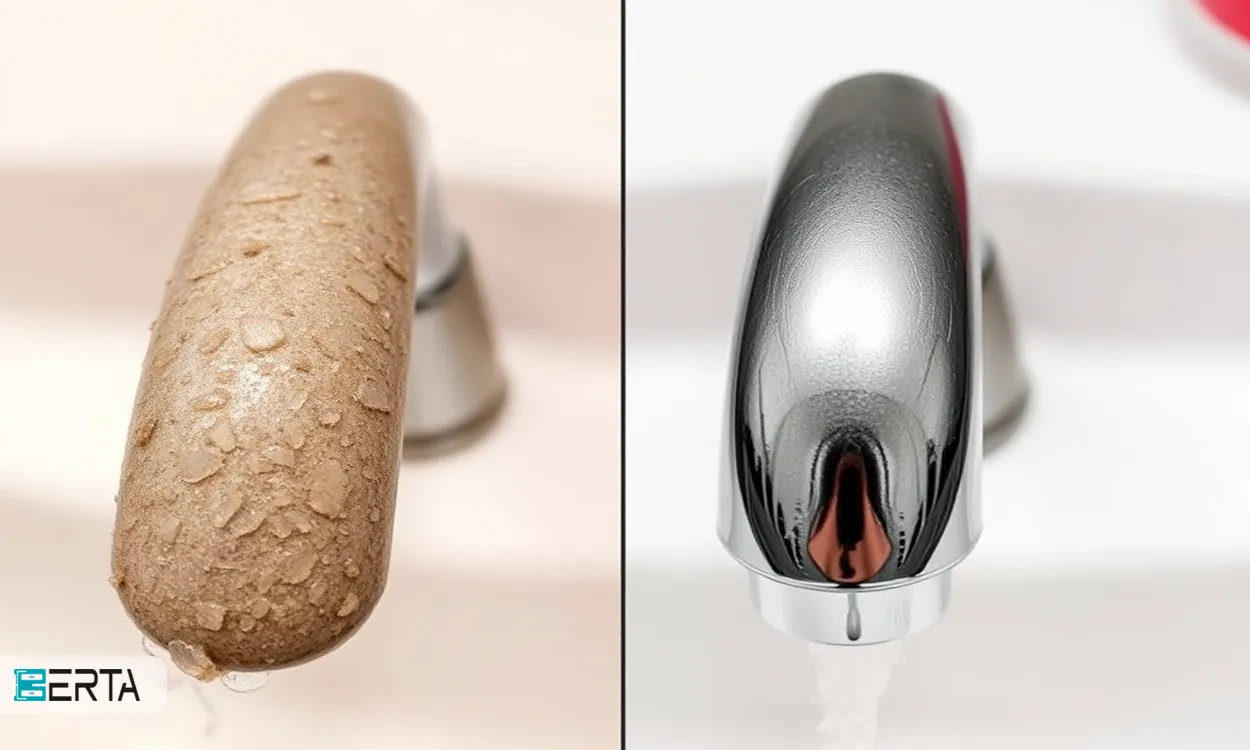
Prevent the faucet from getting dirty
Maintaining your faucet properly can help prevent it from getting dirty and requiring frequent cleaning. Here are some tips and advice for better faucet maintenance:
1- Regular cleaning: To prevent the accumulation of dirt and deposits, it is better to clean the faucet regularly (at least every two weeks). This helps prevent stains and rust.
2- Using soft cloths: Use soft and non-abrasive cloths when cleaning the faucet. This will help prevent surface scratches and damage to the faucet's shine.
3- Drying after use: After each use, you can dry the faucet with a soft cloth. This helps prevent water stains and mineral deposits.
4- Prevent contact with chemicals: Avoid placing chemicals or strong detergents near the faucet. These substances can damage the surface of the faucet and make it dirty.
5- Checking for leaks: Check the faucet and its connections regularly to prevent leaks. Leaks can lead to the accumulation of water and dirt.
6- Choosing the right faucet: When buying a faucet, pay attention to its quality and material. Faucets with stainless and dirt-resistant coatings can help reduce the need for cleaning.
conclusion
Finally, we have reviewed simple and effective tips and methods for cleaning and maintaining the faucet. Using natural materials and the right tools, you can easily turn on your faucet and enjoy its beauty. You can also avoid problems and the need for frequent cleaning by following preventive measures. With these small and practical changes, you not only help the beauty of your home but also care about maintaining the health and well-being of your family. So don't waste time and start taking care of your faucet today!




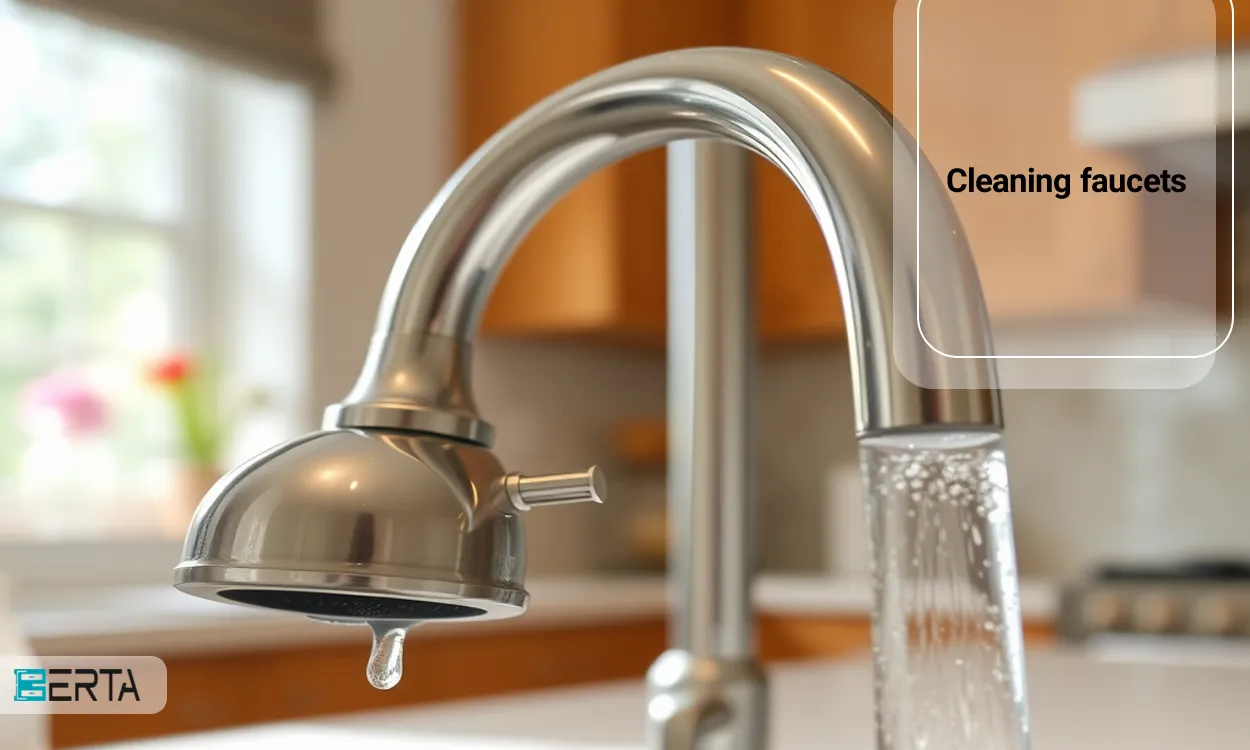
17938.jpg)
 Whatsapp
Whatsapp  Telegram
Telegram 




